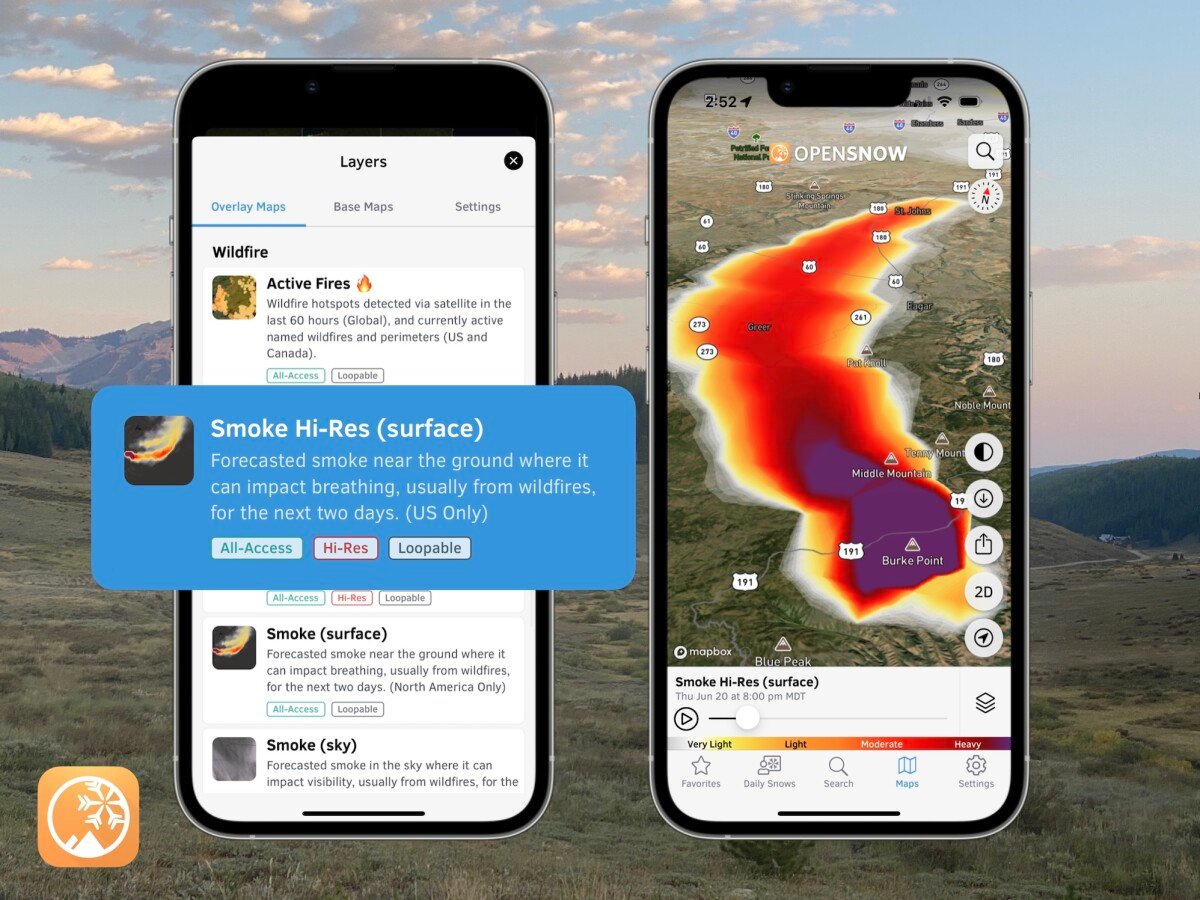News

By Bryan Allegretto, Forecaster Posted 5 years ago April 5, 2020
Infrared Satellite - Explained
There are many tools you can use to track snow including several types of satellite images. This article will talk about the infrared satellite image.
Satellite weather data comes from a satellite that sits about 22,500 miles above the earth. Most of these satellites are stationary above a particular point on earth, so they always show the same view of the earth, 24 hours a day, 365 days a year.
How Infrared Satellite Images Work
Each satellite has numerous sensors that view the earth in slightly different ways. The infrared sensor peers down at the earth and measures the temperature of the clouds above the ground, or if there are no clouds, then it shows the temperature of the ground itself. Since the atmosphere (typically) becomes colder further up into the sky, clouds that are higher in the sky are colder. On the satellite image, these colder clouds (blue) show up as different colors than lower, warmer clouds (orange) or even the ground itself.

The first problem is that satellite images show the tops of clouds, not what is falling beneath them. So looking at a satellite image will not directly answer the question, “Is it snowing?” Second, it is sometimes difficult to know if a cold cloud top means that the cloud is thick (and producing lots of snow) or is a thin wispy cloud producing no precipitation. High, thin clouds often move faster than thicker clouds, and they also might appear “wispy” on the satellite image.
You now know the quick version of how to use infrared satellite, but keep in mind that these images are only one tool you should use to chase powder.
Download the OpenSnow app and stay tuned to our forecasts for the latest weather updates.
About The Author




